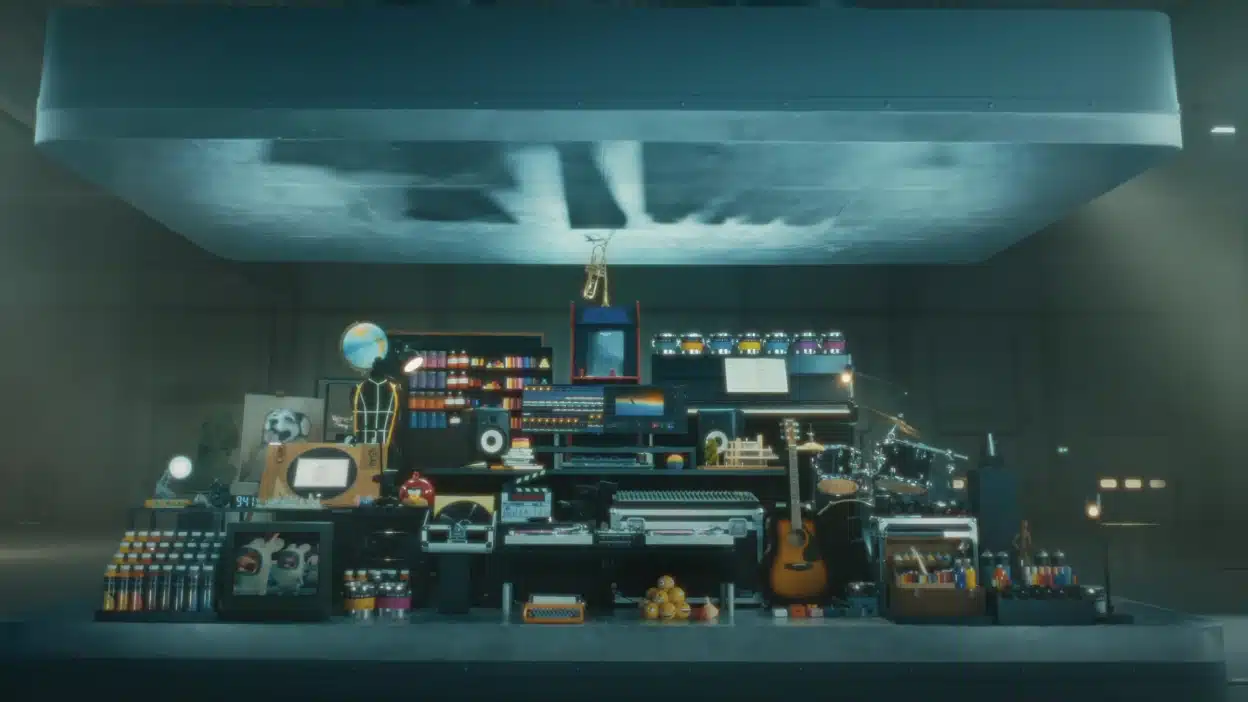- 🎨 Apple’s “Crush!” ad sparked debate by depicting the destruction of traditional creative tools, raising questions about the tension between technological progress and cultural preservation.
- ⚖️ The ad promotes the idea that technology can achieve perfection in creative endeavors, undermining the value of diverse mediums and the imperfect yet fruitful creative processes.
- ⚠️ The ad suggests a future where traditional tools are not just outdated but destroyed, potentially leading to a homogenized culture and the elimination of any outdated technology.
- 🕰️ The ad opposes the past and the future, suggesting they are mutually exclusive, failing to acknowledge the coexistence and enhancement of digital and traditional tools.
- 📚 The ad assumes that newer is inherently better, disregarding the unique qualities and irreplaceable value of cultural heritage.
- 🌉 As we navigate the digital age, it becomes crucial to ensure that technology serves as a bridge to the future, not a bulldozer to the past.
- ❓ The ad raises questions about the pitfalls companies should avoid in their creative processes, such as lack of diversity in focus groups, overreliance on data, and ignoring societal recommendations.
- 🌍 Ultimately, it remains for us to decide which reality we want technology to enable for our future selves, including through their advertisements.
In the ever-evolving digital landscape, Apple’s recent “Crush!” advertisement has sparked a polarizing debate, igniting conversations about the delicate balance between technological progress and cultural preservation. This provocative ad, depicting the methodical destruction of traditional creative tools, serves as a poignant reminder of the complexities that arise when art and technology collide.
Preservation vs. Innovation: A Delicate Balancing Act
The ad’s striking visuals, featuring a hydraulic press relentlessly crushing metronomes, paint pots, pianos, and books, have left many viewers unsettled. While some applaud Apple’s bold and unconventional approach, others perceive the ad as a disheartening metaphor for the potential erasure of cultural heritage in the pursuit of technological superiority.
At the heart of this controversy lies a fundamental question: At what cost does technological advancement come? Should digital innovations truly replace the traditional tools that have not only shaped our artistic expressions but also hold our collective memories, contributing to our societal values?
The Pitfalls of Perfection and Homogeneity
One of the ad’s most contentious implications is the promotion of the idea that technology can achieve perfection in creative endeavors. This notion undermines the value of diverse mediums and the imperfect yet fruitful processes that often characterize true creativity. By setting unattainable standards, it discourages the messy, imperfect, and deeply human aspects of artistic expression.
Moreover, the ad’s suggestion of a future where traditional tools are not just outdated but destroyed raises concerns about the potential for a homogenized culture. If we embrace the elimination of any outdated technology, we risk losing the richness and diversity that have historically fueled innovation and cultural growth.
Bridging the Past and the Future
As we navigate the digital age, it becomes crucial to acknowledge that technological progress and cultural preservation are not mutually exclusive. The ad’s portrayal of the past and future as opposing forces fails to recognize the potential for coexistence and enhancement between digital and traditional tools.
Rather than viewing technology as a direct replacement for older tools, we must explore ways to leverage their unique strengths and find synergies that elevate creative expression while respecting cultural heritage.
Embracing Digital for Good
The controversy surrounding Apple’s ad serves as a wake-up call for companies at the forefront of technological development. As they shape the future, they hold the extraordinary responsibility of ensuring that their innovations uphold the principles of “Digital for Good.”
This concept encourages companies to consider the broader societal implications of their products and creative processes. By fostering diverse perspectives, embracing ethical guidelines, and respecting cultural sensitivities, they can harness technology as a bridge to the future, rather than a bulldozer to the past.
Looking Ahead: A Balanced Approach
As we forge ahead into the digital age, it is essential to strike a delicate balance between innovation and preservation. We must recognize that what technology can achieve does not necessarily mean it should replace all that has come before.
By embracing a balanced approach, one that celebrates the coexistence of digital and traditional tools, we can create a future that honors our rich heritage while harnessing the transformative power of technology. Only then can we truly unlock the full potential of artistic expression and foster a culture of innovation that enriches our lives and society as a whole.







